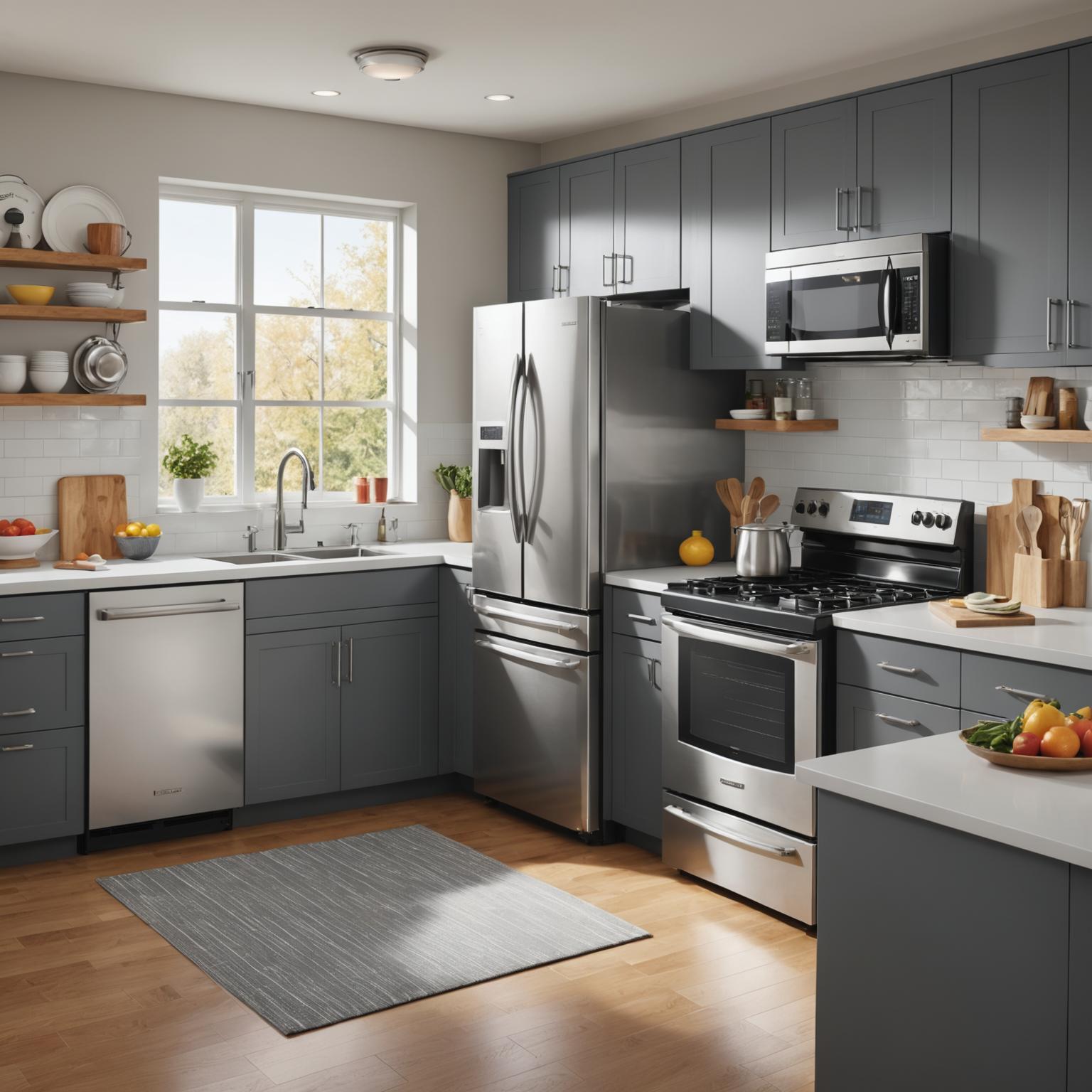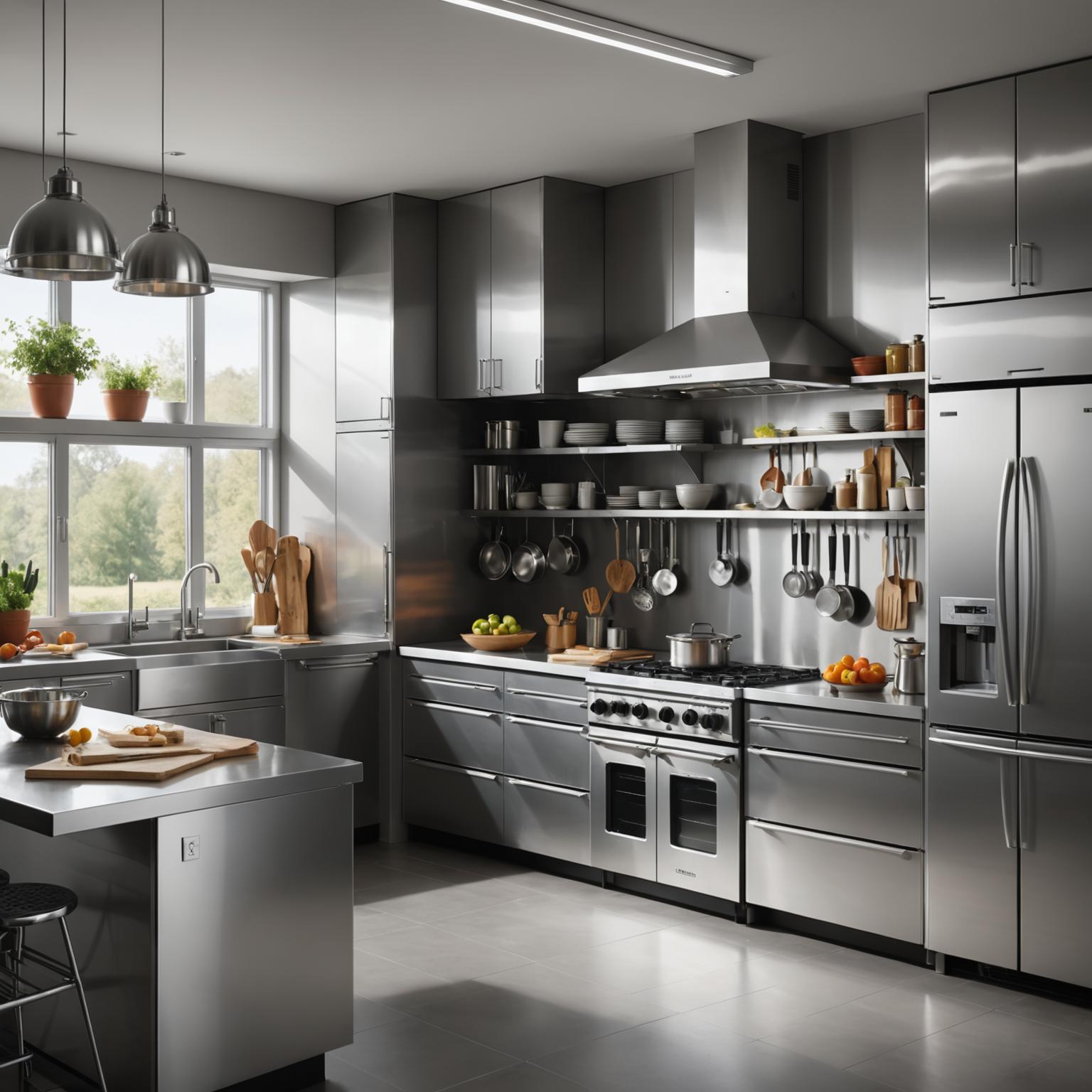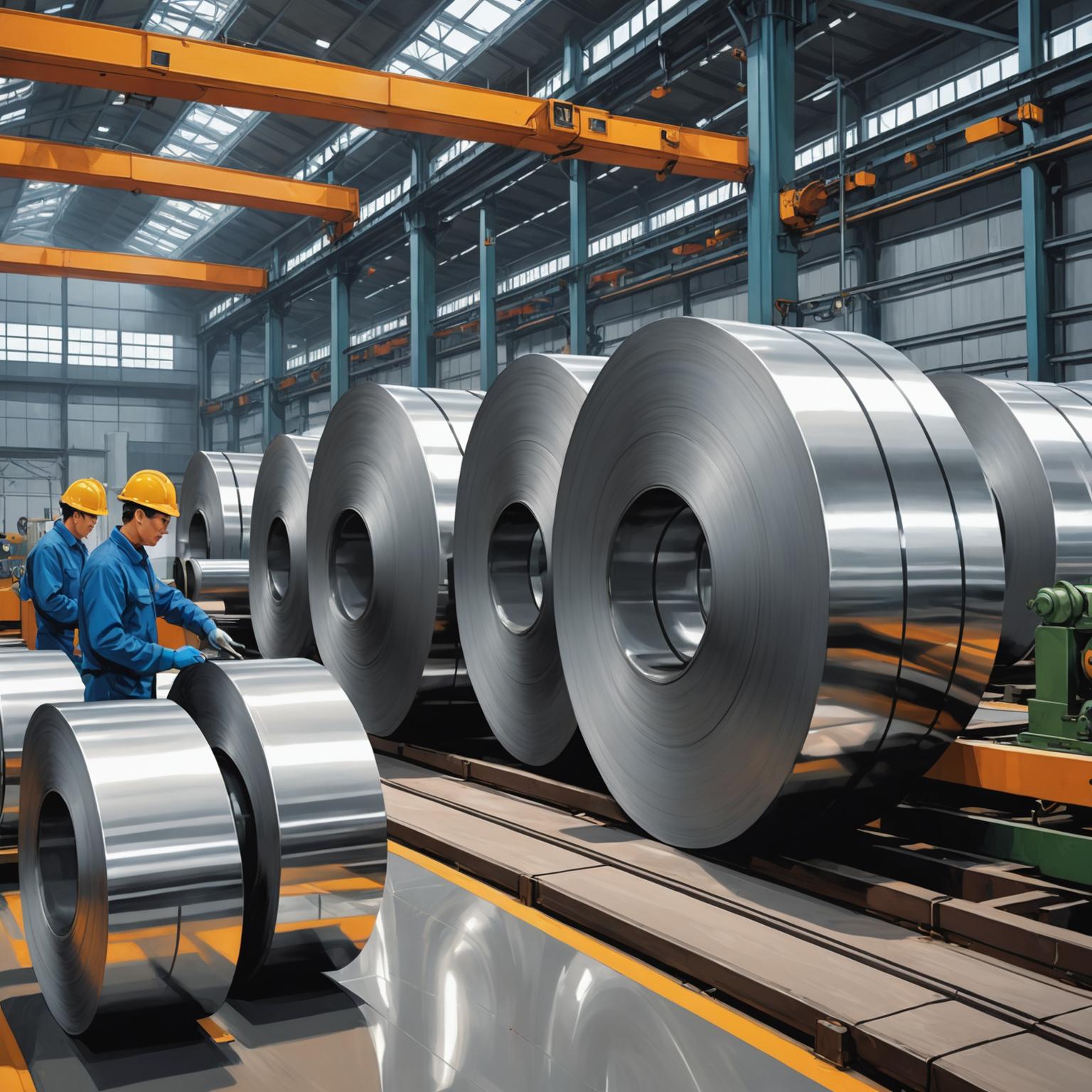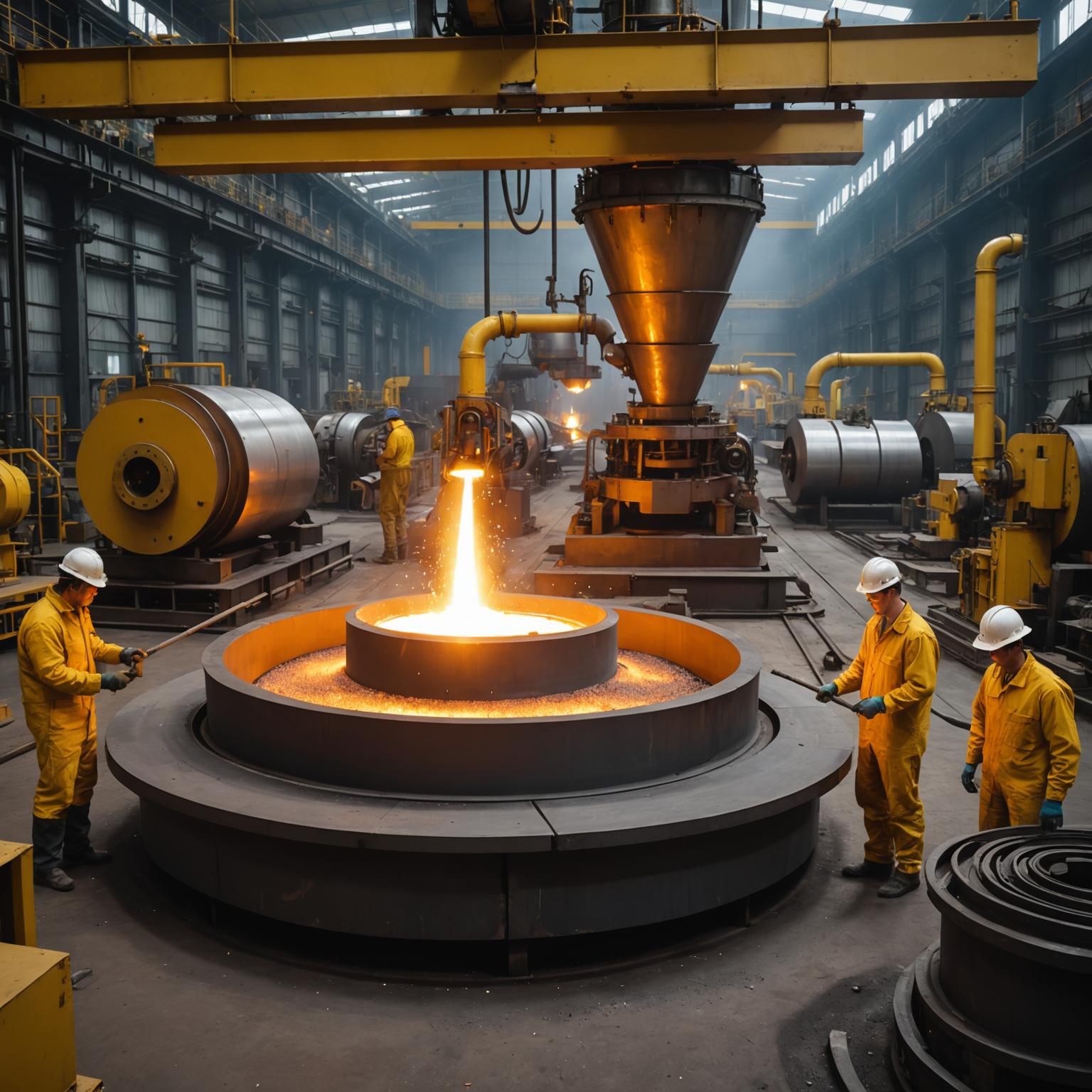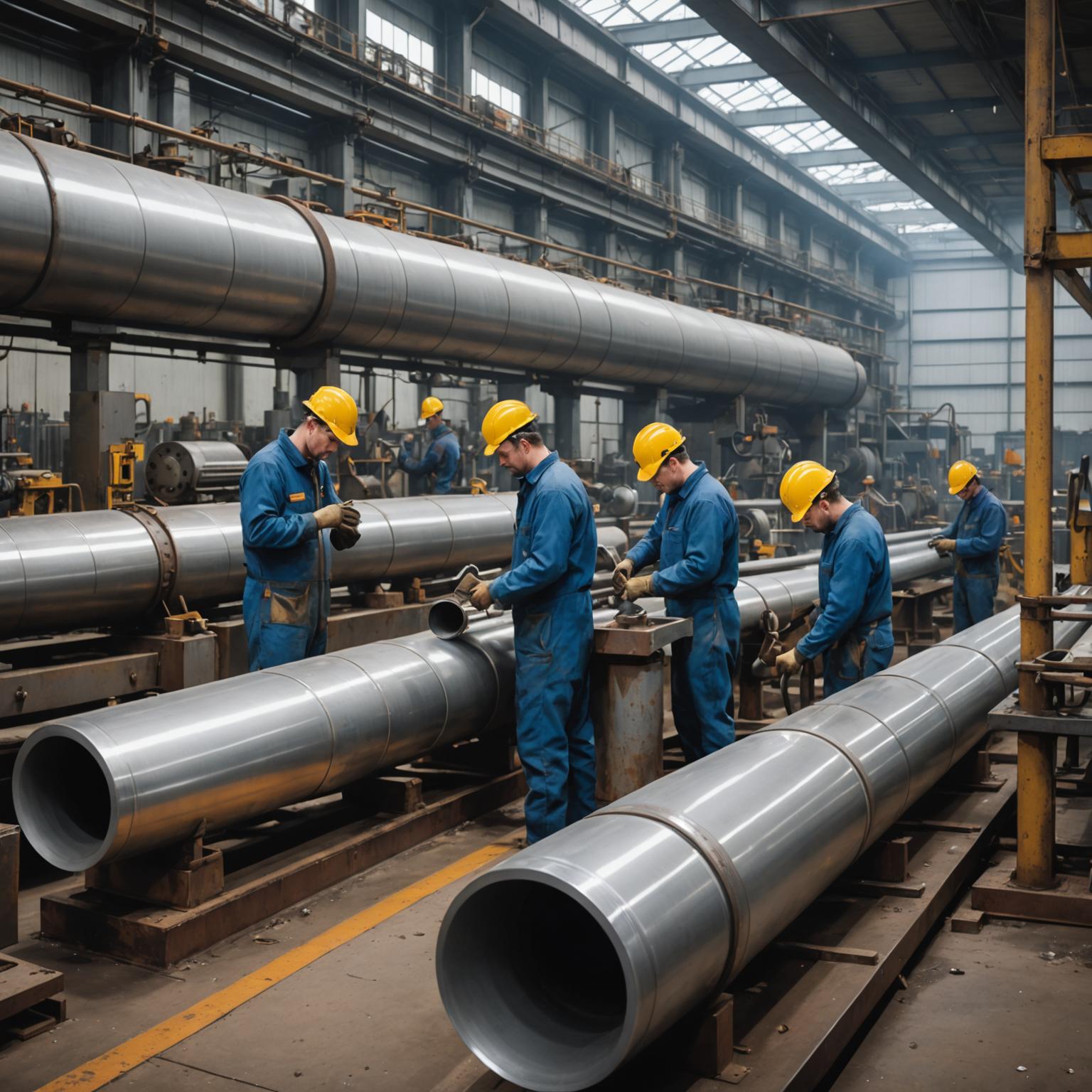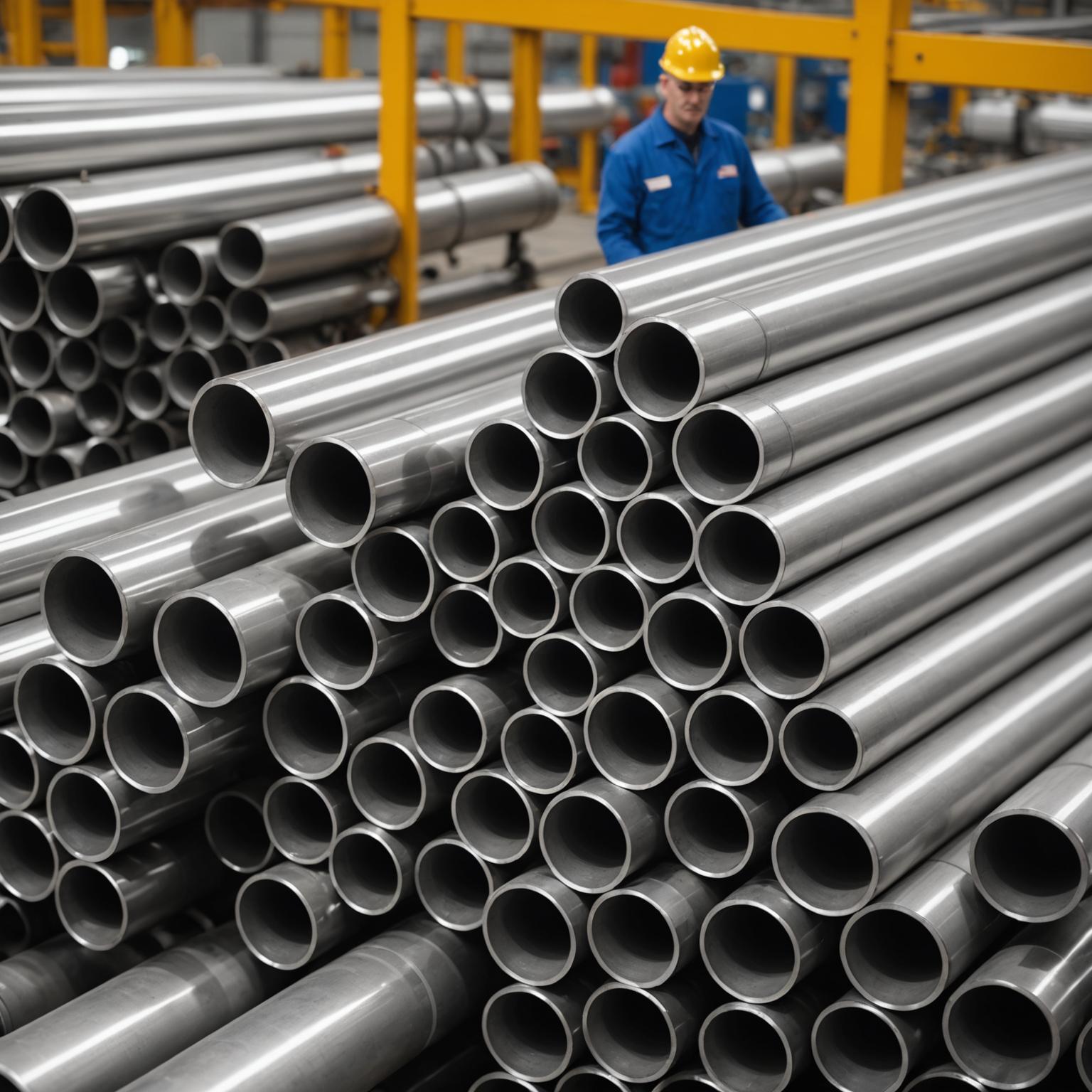Learn how to make it. The journey of a Stainless Steel Hot Rolled Coil from raw material to a finished industrial product is a fascinating blend of extreme heat, immense pressure, and precise chemical engineering. These robust coils are the backbone of countless industries, from construction and automotive manufacturing to heavy machinery and infrastructure projects. Understanding the intricate process behind their creation reveals the sheer scale of modern metallurgy and the innovation required to produce materials that are both incredibly strong and resistant to corrosion. This guide will walk you through the step-by-step transformation, demystifying the complex manufacturing process and showcasing the expertise involved in crafting this essential material.
The Foundation: Selecting and Alloying Raw Materials
The entire process begins with a carefully selected mix of raw materials. The primary ingredient is iron ore, but what makes the steel 'stainless' is the addition of specific alloying elements. The most crucial of these is chromium, which must constitute at least 10.5% of the alloy's mass. Chromium forms a passive, invisible layer of chromium oxide on the steel's surface. This protective layer is self-healing and prevents oxygen from reaching the underlying iron, thereby giving stainless steel its signature corrosion and rust resistance. Other elements are added to impart specific qualities. Nickel is often included to enhance formability, ductility, and toughness, especially at extreme temperatures. Manganese can improve hot working properties and strength, while elements like molybdenum are added for increased resistance to chloride corrosion, which is vital for marine applications. The precise recipe is meticulously calculated to meet the exact specifications required for the final product's intended use.
The Heart of the Furnace: Melting and Refining
Once the raw materials are gathered and proportioned, they are loaded into a massive furnace for melting. Typically, an Electric Arc Furnace (EAF) is used for producing stainless steel. In an EAF, powerful graphite electrodes are lowered into the furnace, creating an immense electric arc that generates temperatures high enough to melt the solid charge, which often includes a mix of raw materials and recycled stainless steel scrap. After the initial melting, the molten steel is far from ready. It undergoes a refining process, most commonly in an Argon Oxygen Decarburization (AOD) converter. Here, a mixture of argon and oxygen is blown through the molten metal. This crucial step removes excess carbon and other impurities like sulfur and nitrogen without overly oxidizing the valuable chromium, preserving the alloy's integrity. During this stage, samples are continuously taken and analyzed to ensure the chemical composition is perfectly adjusted before the steel moves to the next phase.
From Liquid to Solid: The Casting Process
With its chemical composition finalized, the molten, refined steel is tapped from the furnace into a large ladle. From the ladle, it is poured into a continuous casting machine. This marvel of engineering solidifies the liquid metal into a semi-finished form. As the steel flows into a water-cooled mold, it begins to solidify from the outside in. It is then gradually drawn out of the bottom of the mold as a continuous, long strand of hot steel. This strand is then cut by torches into manageable, individual pieces of standardized length and thickness. These massive, rectangular blocks of red-hot steel are known as slabs. The slabs are the intermediate product that will soon be fed into the rolling mill, serving as the starting workpiece for creating a Stainless Steel Hot Rolled Coil.
The Main Event: The Hot Rolling Mill
This is where the slab begins its physical transformation. The slabs are first reheated to a uniform, pliable temperature in a massive reheating furnace, typically soaring above 1,700°F (926°C). This temperature is well above the steel's recrystallization point, which makes it softer and easier to shape. Once at the optimal temperature, the glowing slab is conveyed to the hot rolling mill. The mill consists of a series of massive, powerful roller stands, which are often called the 'roughing' and 'finishing' mills. The slab is passed back and forth through the roughing rollers, which progressively squeeze it, reducing its thickness and increasing its length. It then travels at high speed through a long line of finishing stands, each one further reducing its thickness with incredible precision. This entire process transforms the thick, short slab into a long, thin sheet of steel, sometimes stretching for over a kilometer.
Cooling, Coiling, and Finishing
As the long strip of steel exits the final rolling stand, it immediately enters a controlled cooling section. It travels across a runout table where precisely targeted water jets spray its surface, rapidly but uniformly cooling the steel to a specific temperature. This controlled cooling is critical as it helps define the final metallurgical structure and mechanical properties of the steel. Once it reaches the end of the cooling table, the still-warm steel strip is fed into a large coiler, which winds the entire length of the strip into a tightly wound roll, officially forming the coil. At this point, the surface of the hot-rolled coil is covered in a bluish-black oxide layer known as mill scale, which forms due to exposure to air at high temperatures. For many industrial applications, this scale must be removed. The coil is first uncoiled and passed through an annealing line to soften it and then sent into a pickling bath, where powerful acids dissolve and remove the mill scale, revealing a clean, uniform, and slightly dull grey finish.
Upholding Standards Through Rigorous Quality Control
Quality assurance is not a final step but an integral part of the entire manufacturing journey. From testing the chemistry of the molten steel in the furnace to verifying the final dimensions of the finished product, every stage is meticulously monitored. Sophisticated automated sensors check the thickness, width, and surface profile of the steel strip in real-time as it flies through the rolling mill. After coiling and finishing, samples are cut from the coil and subjected to a battery of mechanical tests. These tests measure properties like tensile strength, yield strength, and elongation to ensure the material can withstand the stresses it was designed for. Only after passing every rigorous inspection is a Stainless Steel Hot Rolled Coil certified and prepared for shipment to customers who will use it to build the world around us. This entire guide on how to make it showcases an impressive feat of modern industry.



